Shawl and Wrap Shapes Wraps are rectangles and shawls are triangles. This is the general consensus. You can get semi-circle wraps as well. But in this post I'm discussing the structure of crocheted triangles. Triangles A triangle has three sides and three...
Crochet Hooks
Author: Alison – Updated: February 2025
Crochet Hooks
Crochet hooks come in various sizes, materials, and styles, each suited for different projects. The size of a hook, measured in millimeters, determines stitch size and tension. Smaller hooks (e.g., 2mm) are ideal for fine lace, while larger hooks (e.g., 10mm) create chunky textures. Materials like aluminum, wood, bamboo, and plastic offer different grips and feels. Ergonomic hooks reduce hand strain for long projects. The hook’s shape—inline or tapered—affects stitch formation. Beginners should start with a medium-sized hook (5mm) and smooth yarn. Understanding hook types and choosing the right one ensures a smoother, more enjoyable crochet experience.
Parts of a Crochet Hook
A crochet hook has several key parts, each serving a specific function to help form stitches smoothly and efficiently. Here’s a breakdown of the different parts:
1. Tip (Point)
The very end of the hook that inserts into stitches. It can be sharp or rounded, affecting how easily it moves through yarn.
2. Throat
The sloped section leading to the hook’s deepest part. It helps guide yarn into position. Hooks can have either an inline throat (a sharper angle for precise stitches) or a tapered throat (a smoother, rounded transition).
3. Hook (Head)
The curved part that catches and pulls yarn through loops. It can be more pointed (great for tight stitches) or rounded (easier on delicate fibers).
4. Shaft (Shank)
The section just below the hook where loops sit before being worked into stitches. Its diameter determines stitch size and tension.
5. Thumb Rest (Grip/Flat)
A flattened or slightly textured area where you place your thumb and forefinger for better control. Some hooks omit this feature.
6. Handle
The lower part of the hook, designed for grip and comfort. It may be smooth, ergonomic, or padded for longer crochet sessions.
Hook Sizes
Crochet hooks are measured in different sizes and the two types of measurement are metric and imperial.
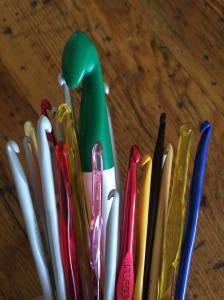
Metric Size Hooks (UK)
Metric hook sizes are measured in millimeters (mm). This refers to the diameter of the hook. Such as: 1.25mm, 2mm, 3.5mm, 4mm, 4.5mm, 5mm, 5.5mm, 6mm, 7mm, 8mm, 9mm, 10mm, 1mm, 15mm and 20mm.
Imperial Size Hooks (USA)
Imperial sizes are usually feet and inches and in this case crochet hooks are given a letter of the alphabet.
Crochet Hook Size Chart
Old US sizes |
Metric |
|
| A | 0 | 2.00 mm |
| B | 1 | 2.25 mm |
| C | 2 | 2.75 mm |
| D | 3 | 3.25 mm |
| E | 4 | 3.50 mm |
| F | 5 | 3.75 mm |
| G | 6 | 4.00 mm |
| 7 | 4.50 mm | |
| H | 8 | 5.00 mm |
| I | 9 | 5.5 mm |
| J | 10 | 6 mm |
| K | 10 ½ | 6.5 mm |
| L | 11 | 8 mm |
| M | 13 | 9 mm |
| N / P | 15 | 10 mm |
| O | 12 mm | |
| P / Q | 15 mm | |
| Q | 16 mm | |
| R | 19 mm | |
| S | 25 mm | |
Crochet Hook Materials
Crochet hooks can be made from many materials but the usual ones are:
- Steel
- Aluminium
- Bamboo
- Hardwood
- Plastic
- Glass
Bamboo and plastic crochet hooks bend and this can slow you down. The best hooks are made from steel, aluminum or hard woods like rosewood. Aluminum crochet hooks come in different colors for each size so you can see immediately the difference between a 4.5mm hook and a 5mm hook.
Collecting Hooks
Over time you will collect many crochet hooks in different sizes and also hooks in the same size so you can have one for each project or every place which you crochet.
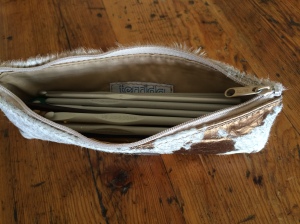
For example I have one crochet hook in the kitchen drawer for squares and one in the car also for squares.
I also have a hook next to my chair in front of the TV for the bigger projects and blankets.

Author Bio
Alison is a passionate crochet enthusiast and dedicated business blogger. She combines her love for crafting and entrepreneurship to inspire and connect with others.
With a knack for transforming yarn into beautiful creations and a flair for sharing valuable insights about running a successful crochet business, Alison embodies the perfect blend of creativity and practicality.
Read more about Alison’s crochet journey.
More Articles
If you enjoyed this post and crochet is your thing, you may like some other crochet articles from our blog.
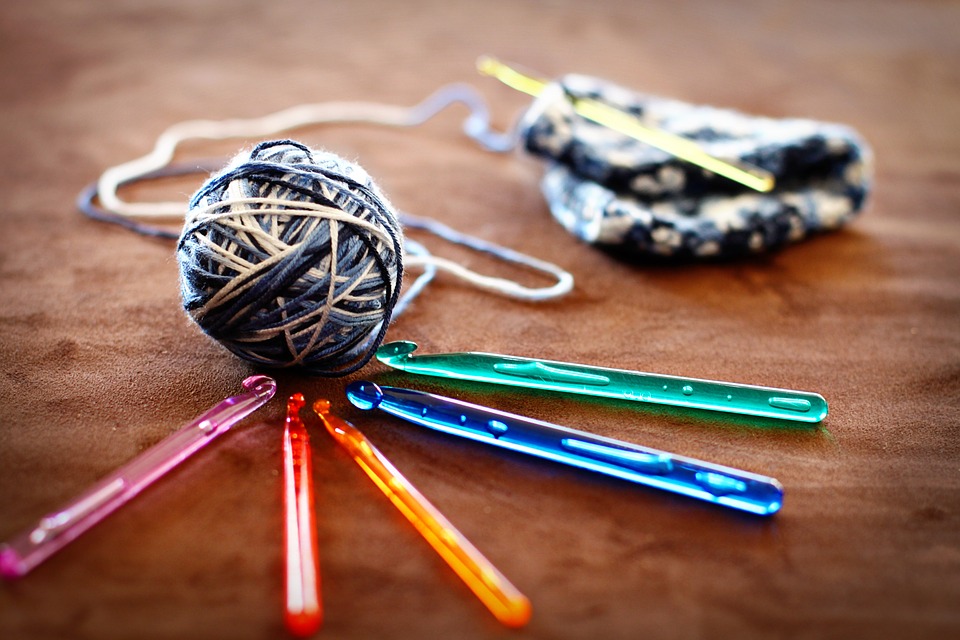
5 Basic Crochet Stitches You Need to Know
The Five Basic Crochet Stitches You can start crocheting very quickly with a few basic stitches. You may already know how to do the stitches but not know their name. Or you may know how to do them and their name but not know their abbreviation which is used in crochet...
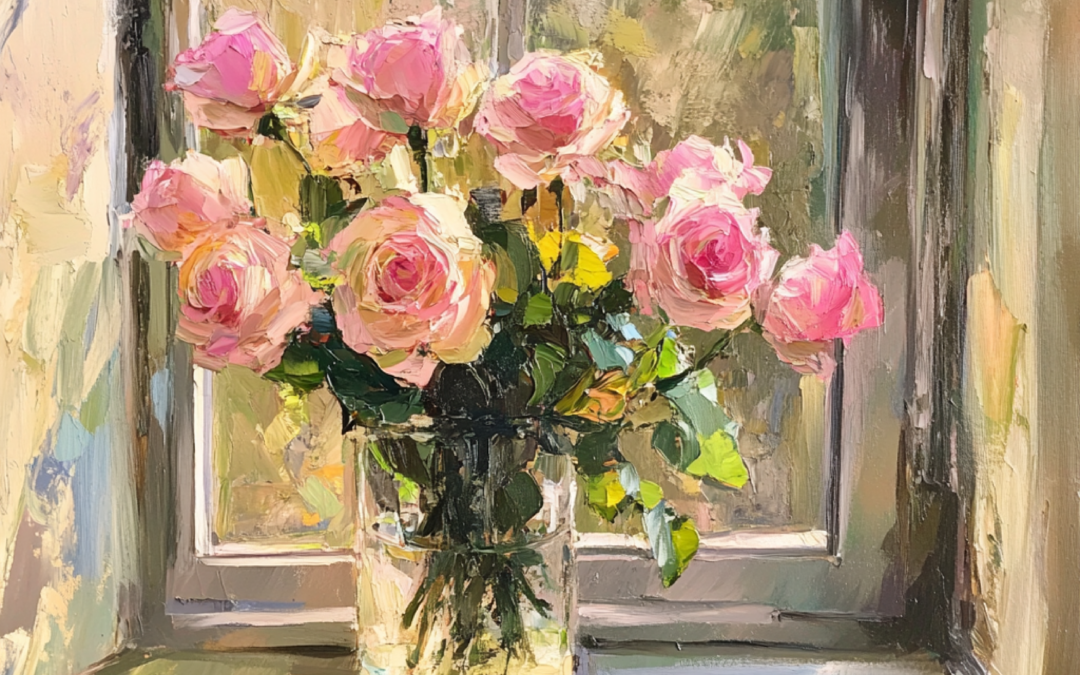
The Calm Crocheter: Newsletter
"The Calm Crochet" Newsletter Welcome to the Calm Crocheter Discover the art of crochet as self-care. At Old English Creations, we believe that crochet is more than a craft—it's a soothing ritual that nurtures your mind and spirit. Our Calm Crocheter newsletter is...

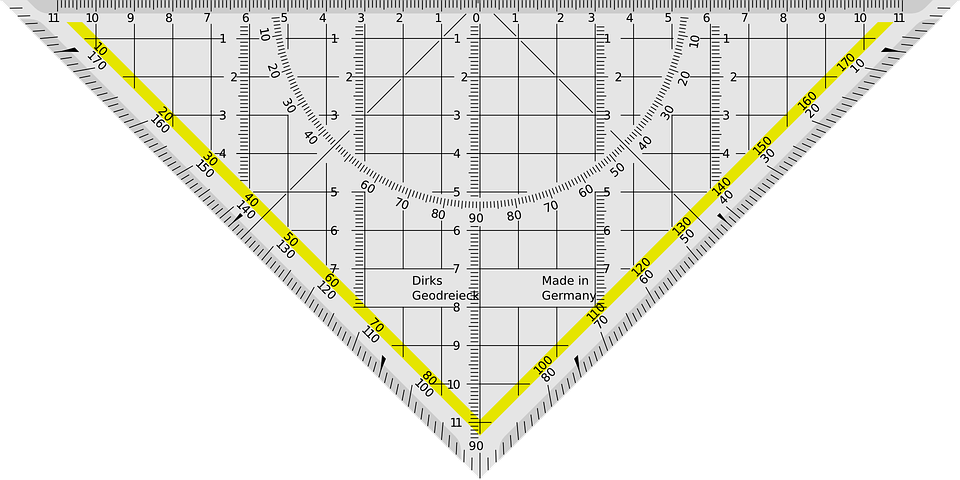
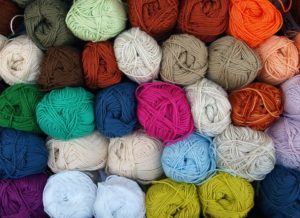
 es.
es.